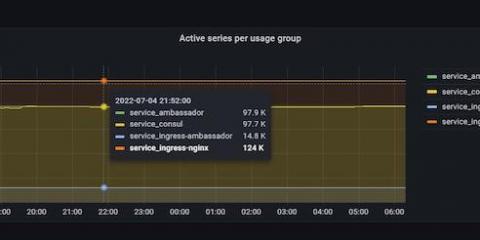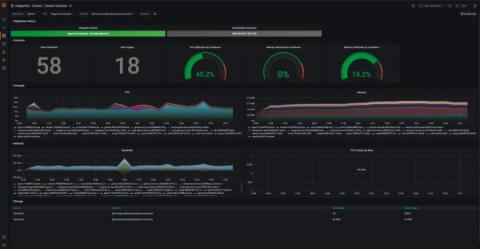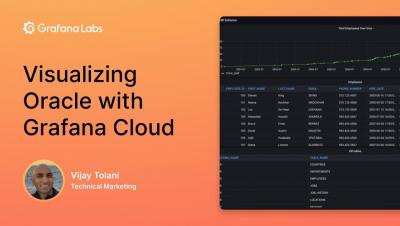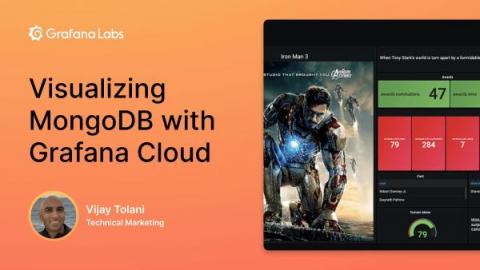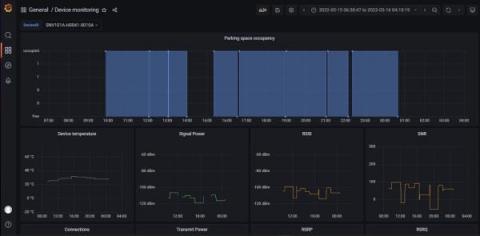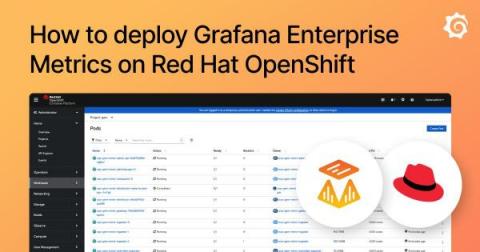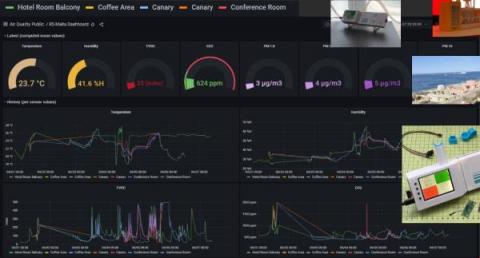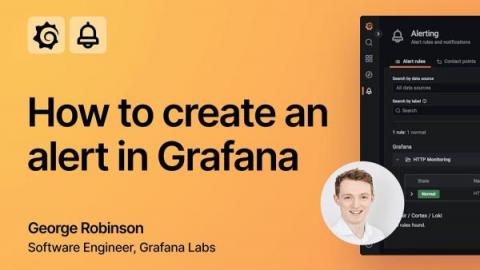Using Grafana and machine learning to analyze microscopy images: Inside Theia Scientific's work
At GrafanaCONline 2022, Theia Scientific President, Managing Member, and Lead Developer Chris Field and Volkov Labs founder and CEO Mikhail Volkov — a Grafana expert — delivered a presentation about using Grafana and machine learning for real-time microscopy image analysis. Real-time microscopy image analysis involves capturing images on a microscope using a digital device such as a PC, iPad, or camera.



